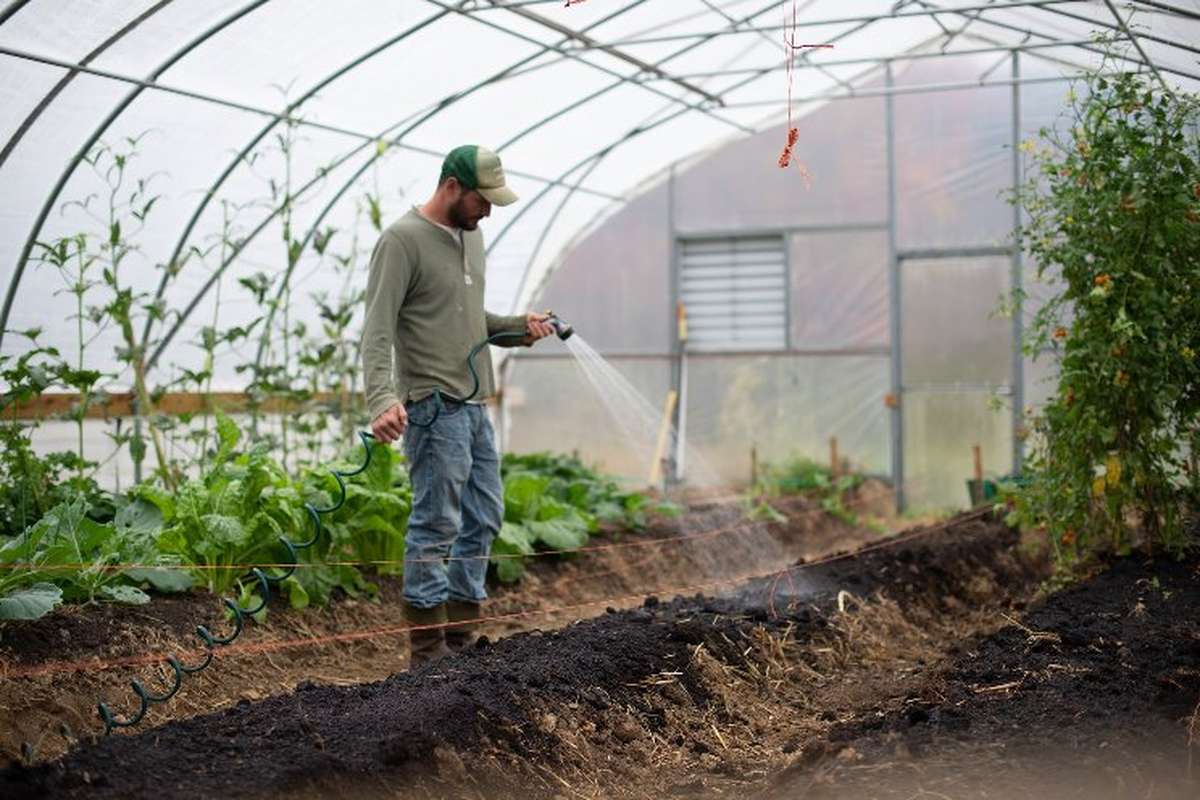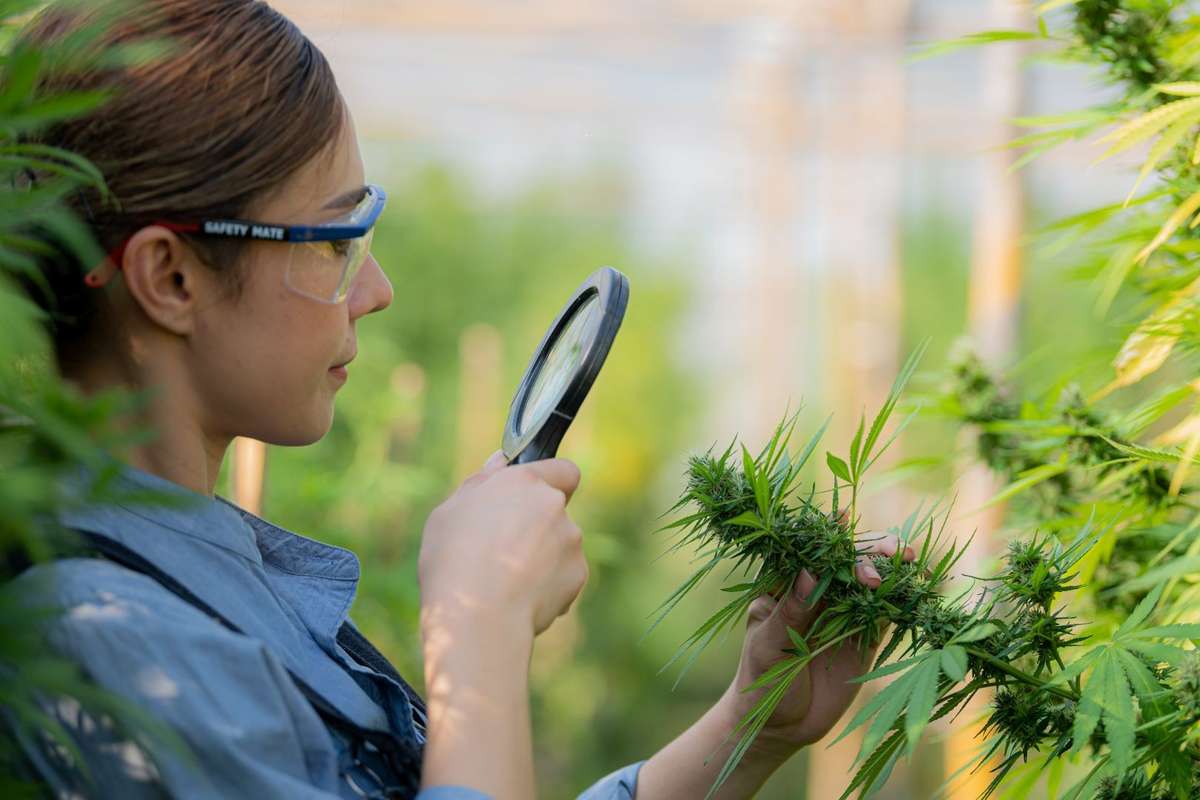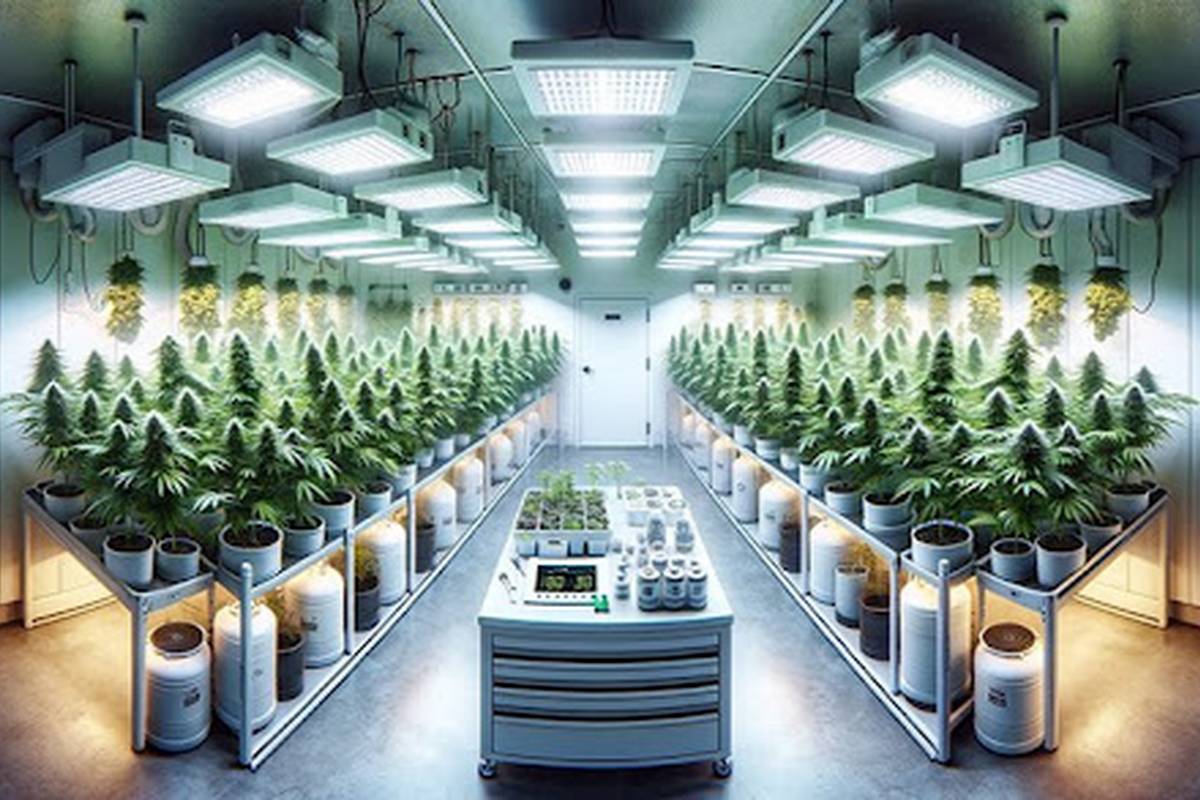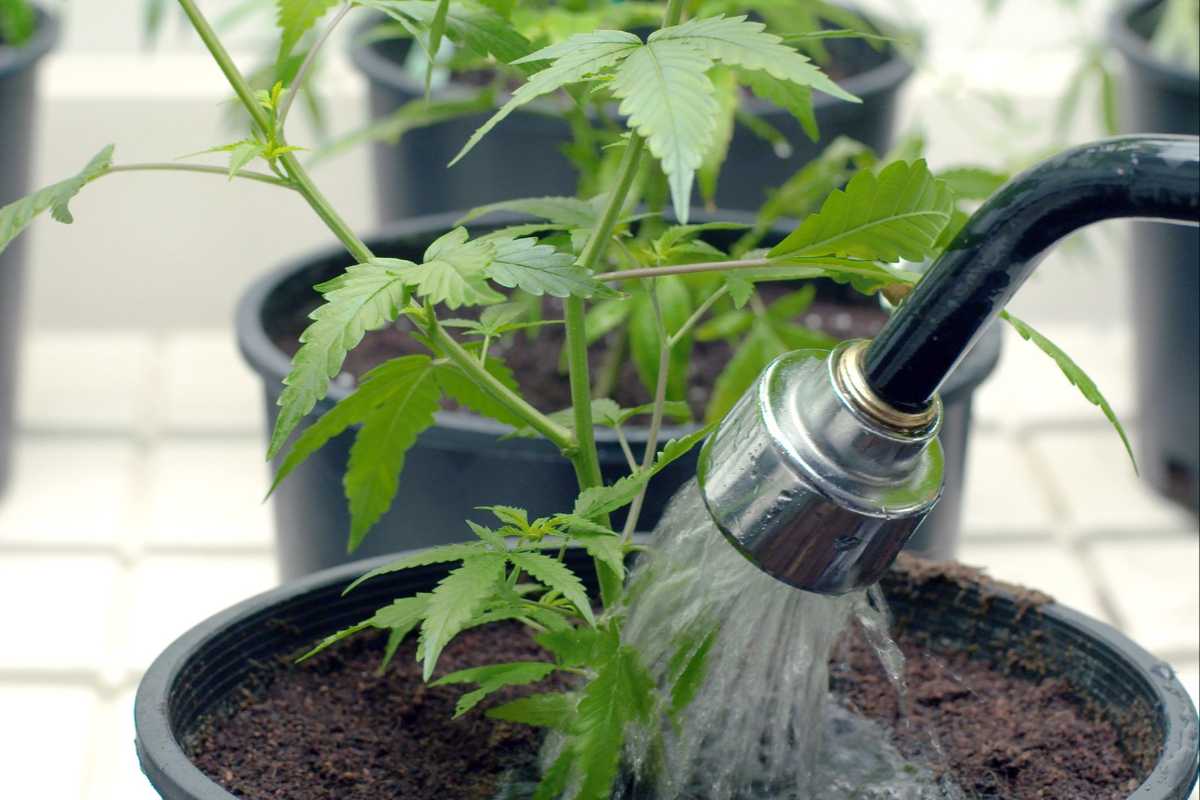Greenhouse growing is an essential aspect of agriculture in both Canada and the United States. It allows for the cultivation of a variety of plants, ranging from vegetables and fruits to flowers and herbs, regardless of the outdoor climate.
However, there are several notable differences in how greenhouse growers operate in Canada as compared to the United States. In this article, we’ll explore these key differences by focusing on climate, technology, crop choices, and market dynamics.
Climate Challenges and Adaptations
Firstly, climate plays a significant role in shaping greenhouse operations.
Canada’s colder climate means that Canadian greenhouses often require more heating and insulation compared to their counterparts in the U.S. This leads to a higher initial investment in infrastructure and ongoing energy costs.
In response, many Canadian growers have turned to innovative solutions like geothermal heating and advanced insulation techniques to mitigate these challenges.
In contrast, in much of the U.S., especially in southern states, greenhouses often need to focus more on cooling due to hotter temperatures. This leads to a different set of technological adaptations.
Technological Innovations
Technological innovation is another area where differences are noticeable. Canadian greenhouse growers have been pioneers in adopting new technologies such as hydroponics and aquaponics systems, which are efficient in water usage – a critical factor given the country’s environmental regulations and the need for conservation in colder climates.
Meanwhile, U.S. growers, particularly in areas with more temperate climates, often have a wider range of options and may not need to rely as heavily on these advanced systems.
Crop Choices and Specializations
Crop choices also differ between the two countries.
Canadian greenhouses have historically focused more on crops that thrive in cooler conditions, such as certain types of lettuce, herbs, and root vegetables. There’s also a significant emphasis on floral cultivation.
On the other hand, US greenhouses tend to have a broader crop range due to the more varied climate zones. In warmer areas, you’ll find a higher production of warm-weather crops like tomatoes, peppers, and cucumbers.
The diversity in US climates allows for a wider variety of greenhouse-grown products.
Market Dynamics and Export Patterns
Market dynamics and export patterns are also areas of divergence. Canadian greenhouse growers often focus on supplying their domestic market due to the high demand for fresh, locally-grown produce, especially in the off-season. However, there’s a significant export market to the U.S., particularly for vegetables like tomatoes and peppers.
In contrast, the U.S. has a much larger internal market, which absorbs a substantial portion of its greenhouse produce. While the U.S. does export greenhouse-grown produce, it also imports a considerable amount, including from Canada.
Government Regulations and Support
Government policies and support mechanisms in both countries play a vital role. Canadian greenhouse growers often benefit from more government support, including research and development initiatives and subsidies for adopting green technologies.
This support is partly driven by the government’s focus on sustainable agriculture and food security. In the U.S., while there is government support, it varies widely depending on the state and the type of crop being grown.
Additionally, the U.S. market is more driven by private enterprise and less by government intervention.
Sustainability and Environmental Concerns
Finally, sustainability and environmental concerns are increasingly shaping greenhouse operations in both countries, but the approach differs.
Canadian growers often lead in implementing eco-friendly practices like water recycling, renewable energy usage, and organic cultivation methods as they face stricter environmental regulations.
In the U.S., while there is a growing trend towards sustainable practices, the approach is often more market-driven, with organic and eco-friendly products often targeting a niche market.
The Key Takeaway
While greenhouse growers in Canada and the U.S. share the common goal of producing high-quality, fresh produce, their methods and strategies differ significantly due to certain factors.
These differences highlight the adaptability and innovation inherent in the agricultural sector, as it continues to meet the changing needs and challenges of food production in North America.





+ There are no comments
Add yours